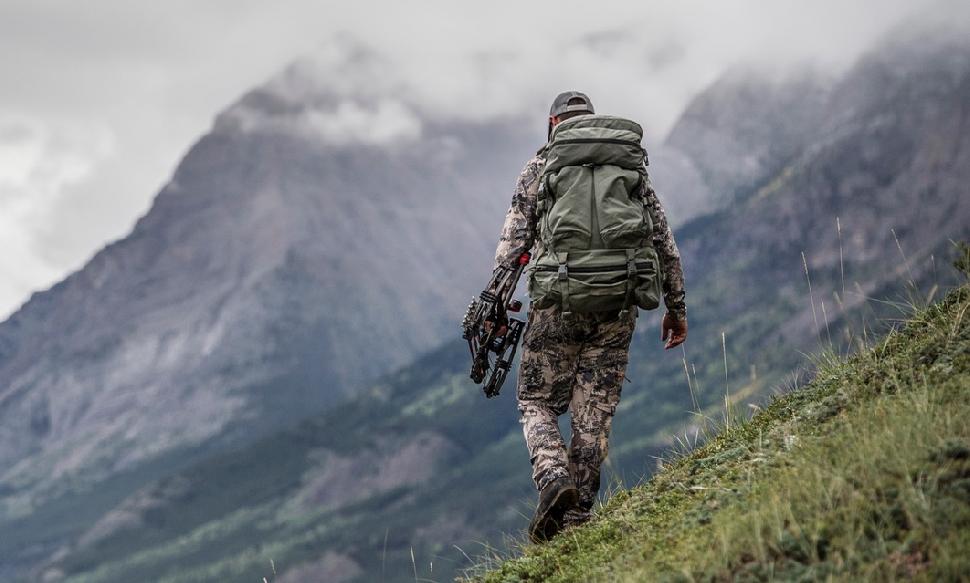BACKPACK CUISINE
You don’t need to sacrifice nutrition or taste when eating out of a bag. Here’s how
Advertisement

Set your goal
Estimating how much food to pack for an outdoor excursion can be difficult. To start, you’ll need to know how many calories your body needs just to function normally, without any physical activity. This is known as your basal metabolic rate, or BMR, which takes into account your height, weight, age and gender. There are numerous websites for calculating your BMR, such as www.calculator.net/bmr.
Once you’ve established your BMR, you need to factor in your activity level. Again, online calculators are a good resource. They multiply your BMR accordingly based on how strenuous your planned activity will be, telling you how many calories you should consume. Hiking a kilometre to a treestand or fishing for the afternoon, for example, would be considered light activity. Pursuing elk up a mountainside or moose through the muskeg, on the other hand, will require more fuel in your tank.
Advertisement
Backcountry hunting and fishing definitely burn up a lot of calories. Typically, I more than double the number of calories I need when compared to working around home. Even then, I lose weight each day I spend in the bush. On one backcountry hunt, for example, I finished 10 pounds leaner than when I hiked in eight days earlier—even though I couldn’t have eaten any more. Elevation, fitness level and hydration all play into how efficiently your body uses food and burns calories.
When you purchase dehydrated meals for the backcountry, the number of calories is listed on the label. But be sure to check the caloric allocations per portion size, as some meal packets are considered two servings—eat both and you’ll have doubled the number of calories listed. For me, 800 to 1,000 calories per meal is just about right, as I feel too full after a 1,200-calorie serving.
Calculating calories for home-cooked meals is easy, although it requires a little research. You’ll need to know the number of calories in each ingredient in order to derive the total for the entire dish. Then you can apportion servings from the dish accordingly, based on how many calories you need per serving. A lasagne with 8,000 calories, for example, would provide me with ten 800-calorie servings, or eight 1,000-calorie servings.
Advertisement

